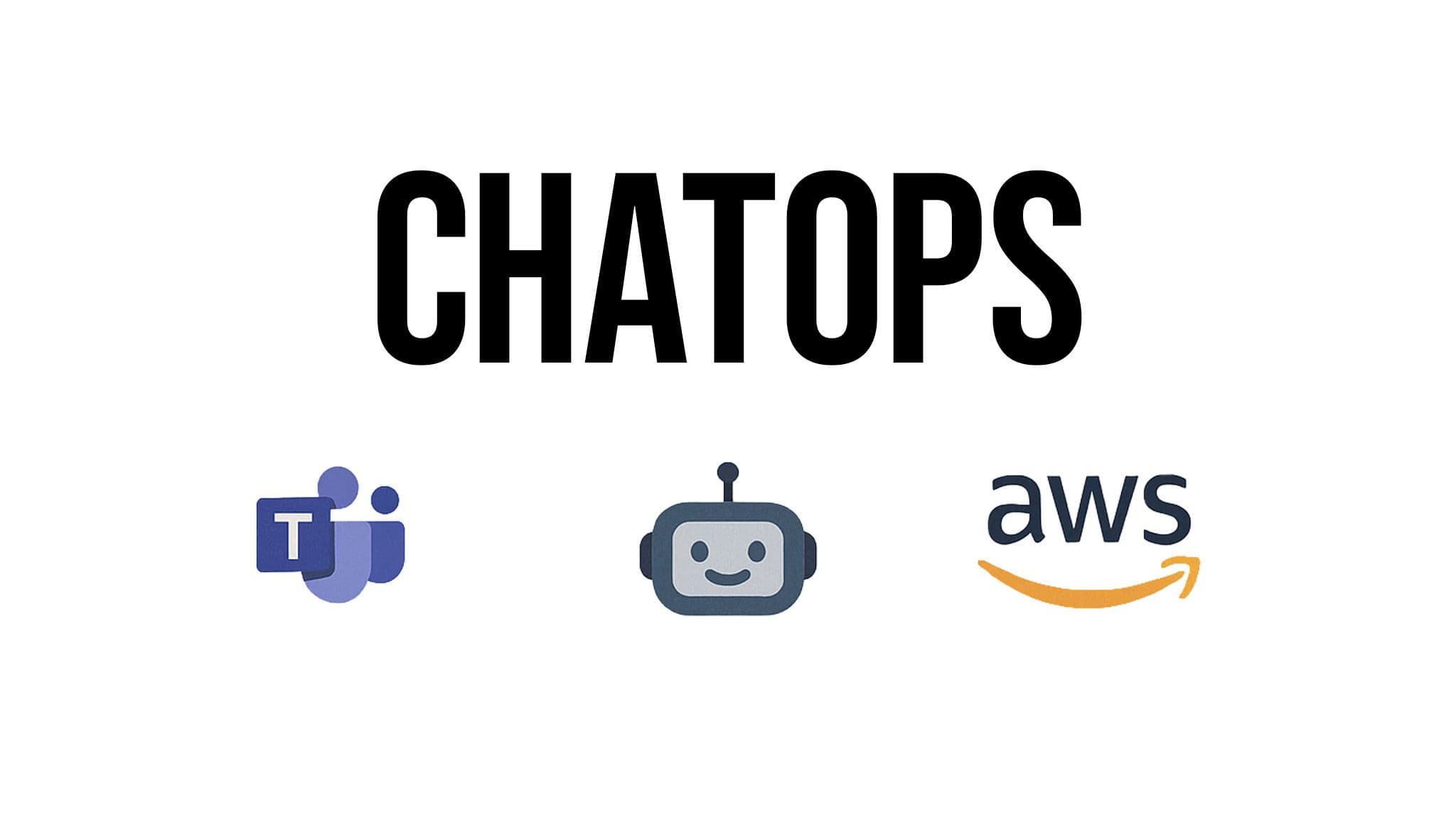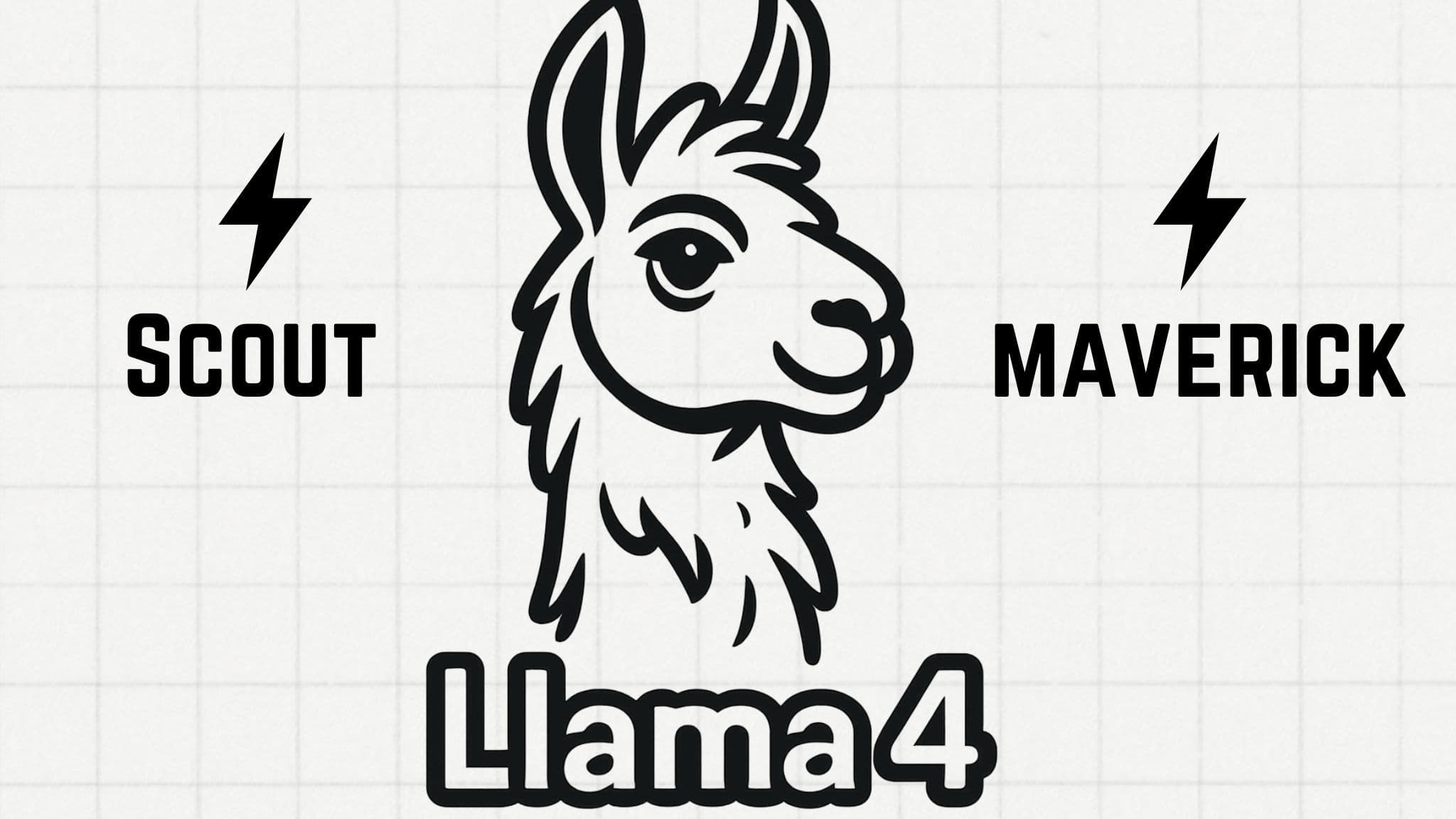Top 10 AI Chatbot Trends for 2025: What to Watch
Ilias Ism
Nov 3, 2024
15 min read

Artificial Intelligence (AI) chatbots have become a transformative force across various industries, revolutionizing customer interactions and streamlining business processes. As we approach 2025, the rapid evolution of chatbot technology shows no signs of slowing down. Staying ahead of the curve is crucial for businesses looking to leverage these powerful tools effectively. In this article, we'll explore the top 10 AI chatbot trends to watch in 2025, offering insights into the exciting advancements that promise to reshape the landscape of human-computer interaction.
1. The Rise of Human-Like Interactions
One of the most significant trends in AI chatbot technology is the development of increasingly human-like interactions. Advancements in Natural Language Processing (NLP) and machine learning are enabling chatbots to understand context, nuances, and emotions in user conversations with unprecedented accuracy.
Key points:
- Improved NLP allows for more natural and engaging conversations
- Sentiment analysis helps chatbots understand user emotions and tailor responses accordingly
- OpenAI's advanced voice mode for ChatGPT demonstrates near-human-like conversation capabilities
- Google's Gemini replacing "Hey Google" showcases integration into everyday devices
Bernard Marr, a renowned futurist and technology expert, predicts the rise of "Next-Gen Voice Assistants" that will become increasingly human-like in their interactions. This trend is already evident in OpenAI's "interruptible" advanced voice mode for ChatGPT, which allows for more natural, conversational interactions.
Tip for businesses: Prioritize developing chatbots that can understand and respond to complex user queries with nuance to provide a more engaging and satisfying user experience.
2. Enhanced Personalization Through AI
AI and deep learning algorithms are revolutionizing the way chatbots personalize interactions with users. By analyzing vast amounts of user data, chatbots can offer tailored experiences, personalized recommendations, and proactive customer support.
Key points:
- Deep learning analyzes user data to understand preferences and behaviors
- Chatbots can offer personalized product recommendations and services
- Proactive customer support anticipates user needs and offers solutions before they are requested
Example: A retail chatbot suggesting products based on a customer's past purchases and browsing history, creating a more personalized shopping experience.
Tip for businesses: Leverage user data responsibly to create hyper-personalized chatbot experiences that enhance customer satisfaction and loyalty.
3. Integration of Voice Technology
The integration of voice technology into AI chatbots is becoming increasingly prevalent, offering hands-free convenience and improved accessibility for users.
Key points:
- Voice-activated chatbots offer hands-free convenience
- Improved voice recognition technology enables more accurate and natural interactions
- Voice chatbots improve accessibility for users with disabilities or in situations where typing is difficult
Example: Using voice commands to interact with a chatbot while driving, allowing for safe and convenient access to information or services.
Tip for businesses: Consider incorporating voice technology into your chatbot strategies to enhance user experience and accessibility.
4. Broader Industry Applications
AI chatbots are expanding their reach across various industries, revolutionizing sectors such as healthcare, finance, retail, and education. Chatbots can now query data using AI to offer personalized insights and detect fraud in finance.
Key points:
- Healthcare: Chatbots are being used for appointment scheduling, telemedicine, and patient engagement
- Finance: Financial institutions are using chatbots for customer service, fraud detection, and personalized financial advice
- Retail: Chatbots enhance the shopping experience by providing product recommendations, customer support, and personalized offers
- Education: AI-powered education platforms use chatbots for personalized learning and student support
Examples:
- Ada, a healthcare chatbot, helps users identify potential causes of symptoms
- Charles Schwab uses a chatbot for financial guidance
Tip for businesses: Explore how AI chatbots can be tailored to meet the specific needs of your industry, improving efficiency and customer satisfaction. Enhance your operations with custom AI development, creating chatbots specifically designed to meet your unique business requirements and improve efficiency and customer engagement.
5. Chatbots Driving Sales and Marketing
AI chatbots are becoming powerful tools for improving sales conversion rates, personalizing marketing campaigns, and enhancing customer engagement.
Key points:
- Chatbots provide immediate assistance and answer customer questions, leading to higher conversion rates
- AI chatbots can personalize marketing messages and offers based on user data
- Chatbots can be integrated into omnichannel marketing strategies for a seamless customer experience
Example: A chatbot offering a discount code to a customer who abandons their online shopping cart, potentially recovering a lost sale.
Tip for businesses: Leverage chatbots to create targeted marketing campaigns and improve customer engagement across all channels.
6. Addressing Customer Expectations
Meeting customer expectations for speed, efficiency, and personalized service is crucial in the age of AI chatbots.
Key points:
- Customers expect quick responses and efficient problem-solving from chatbots
- Younger generations prefer interacting with businesses through digital channels like chatbots
- Personalized service is essential for building customer loyalty
Example: A chatbot that can quickly resolve a customer's issue without transferring them to a human agent, providing a seamless and efficient experience.
Tip for businesses: Prioritize speed, efficiency, and personalization in your chatbot strategies to meet and exceed customer expectations.
7. Autonomous AI Agents
The emergence of autonomous AI agents capable of performing complex tasks and making decisions independently is a trend to watch closely.
Key points:
- AI agents can automate complex business processes and make decisions without human intervention
- This trend raises questions about AI oversight and accountability
- AI agents could be the next evolution of AI "copilots"
Example: Salesforce using AI agents to call sales leads, demonstrating the potential for autonomous AI in business processes.
Tip for businesses: Carefully consider the implications of using autonomous AI agents and ensure appropriate oversight and ethical guidelines are in place.
8. AI and the Post-Truth World
As AI technology advances, the challenges of misinformation and deepfakes generated by AI become more pressing.
Key points:
- AI-generated deepfakes and fake content pose a significant threat to trust and credibility
- Legislation and regulation are crucial for combating the spread of misinformation
- AI can also be used to detect and flag fake content
Example: China's AI laws criminalizing the creation of deepfakes, highlighting the need for legal frameworks to address AI-generated misinformation.
Tip for businesses: Prioritize ethical AI development and support efforts to combat misinformation to maintain trust with customers and stakeholders.
9. Quantum AI's Potential
The potential of quantum computing to revolutionize AI is an exciting trend to watch in the coming years.
Key points:
- Quantum computing could significantly increase the speed and power of AI algorithms
- Quantum AI could open up new possibilities in fields like medicine, materials science, and energy
Example: Quantum AI being used to develop new drugs and vaccines, potentially accelerating medical breakthroughs.
Tip for businesses: Monitor developments in quantum AI and explore potential applications in your industry to stay ahead of the curve.
10. Sustainable AI Practices
As AI becomes more prevalent, the importance of sustainable AI practices is gaining recognition.
Key points:
- The high energy consumption of AI systems is a growing concern
- Businesses are exploring the use of renewable energy sources for sustainable data centers
- AI can be used to develop solutions for environmental protection and sustainability
Example: AI algorithms optimizing energy consumption in smart buildings, demonstrating the potential for AI to contribute to sustainability efforts.
Tip for businesses: Prioritize sustainable AI practices and consider the environmental impact of your AI strategies to align with growing consumer expectations for corporate responsibility.
Conclusion
The future of AI chatbots is bright, with exciting advancements on the horizon that promise to revolutionize customer interactions and business processes. From human-like conversations to quantum computing and sustainable practices, these trends highlight the importance of staying informed and adaptable in the rapidly evolving world of AI technology.
As we look towards 2025, businesses that embrace these trends and incorporate them into their strategies will be well-positioned to enhance customer experiences, drive growth, and maintain a competitive edge in the digital landscape.
We invite you to share your thoughts and predictions for the future of AI chatbots. How do you see these trends shaping your industry or business? Join the conversation and help shape the future of AI-powered customer interactions.
Share this article:






